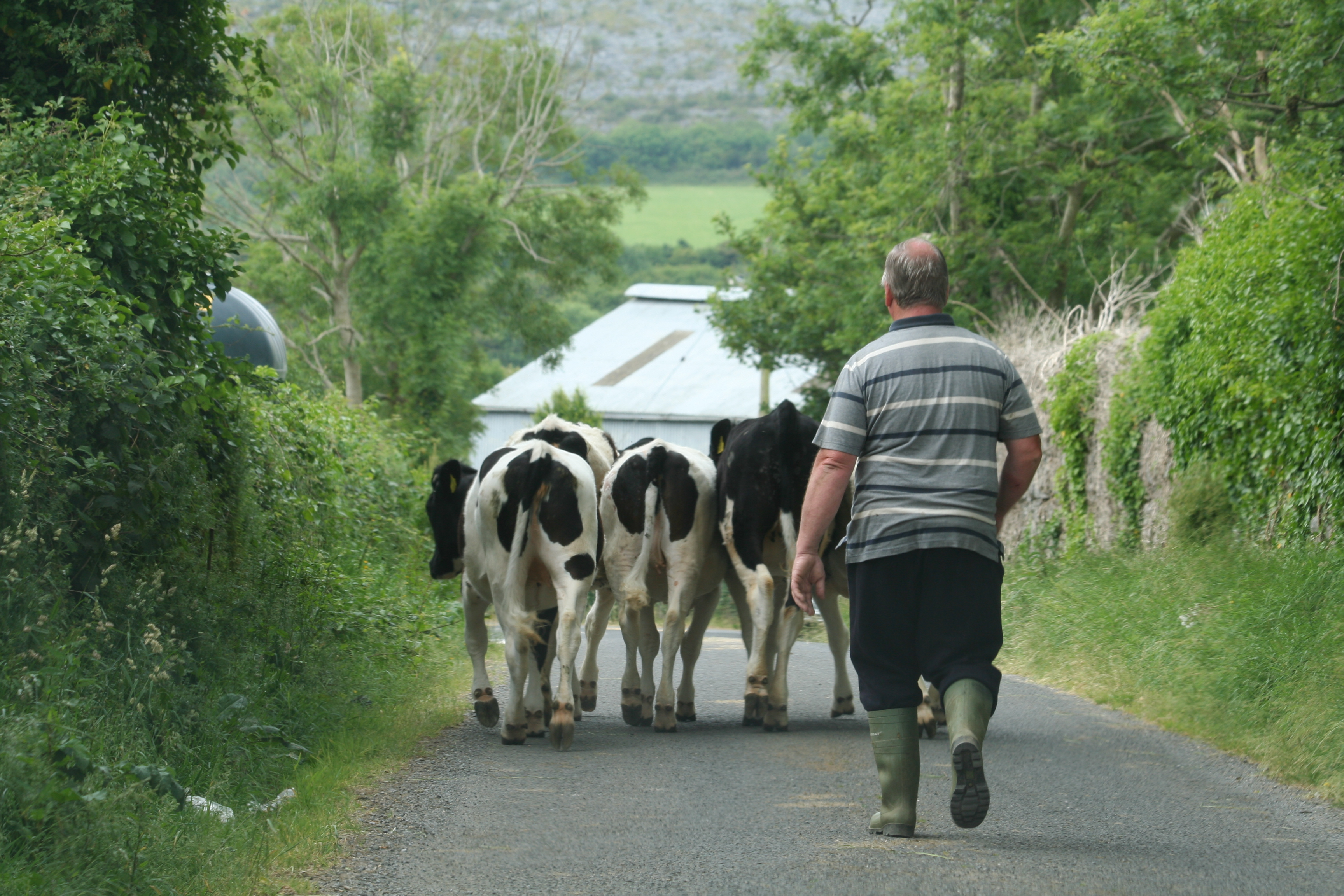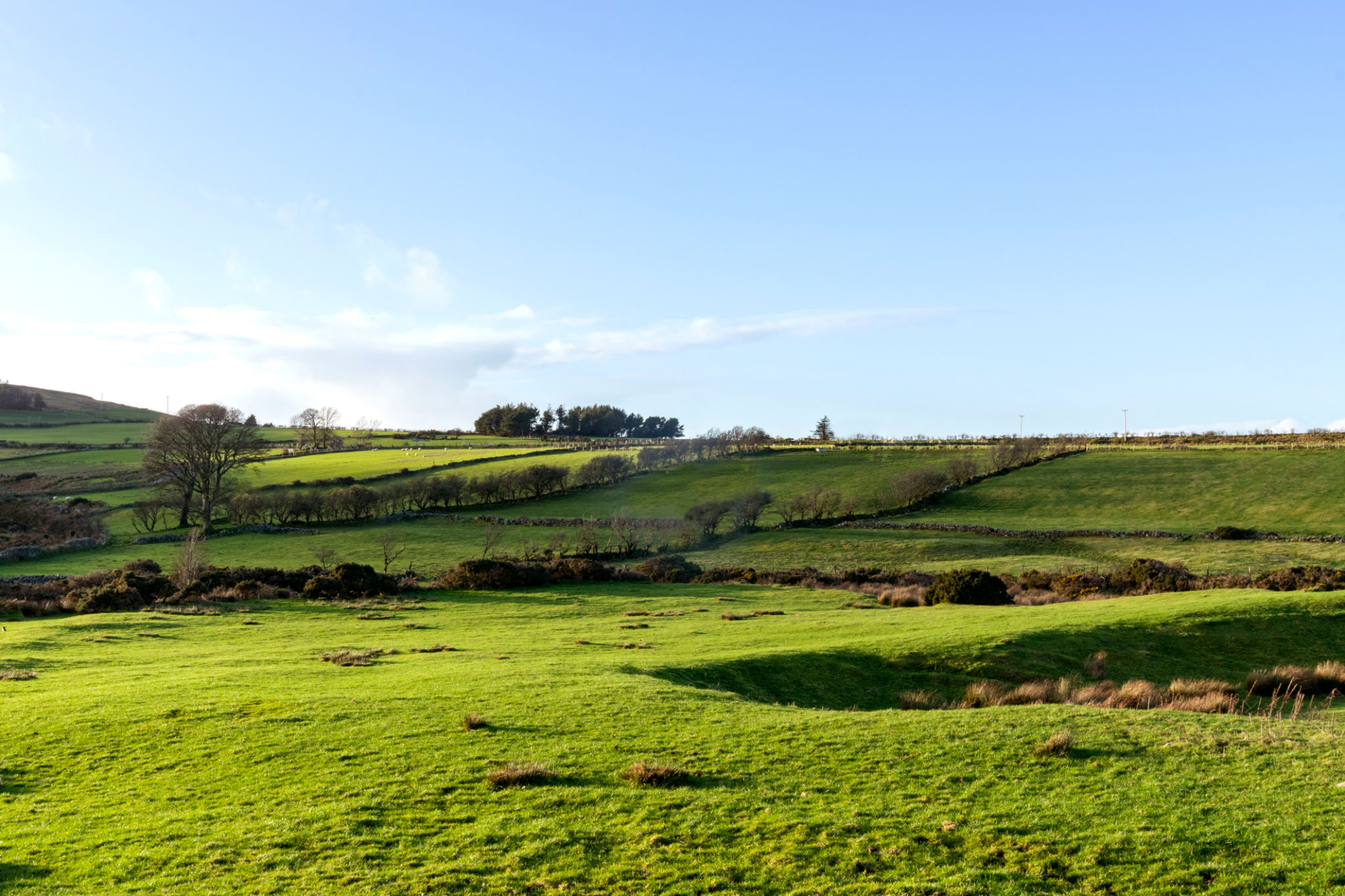Agricultural Land Prices in Ireland: A 2025 Forecast
Introduction
Ireland’s agricultural land market has always been a barometer of the country’s rural economy, and the forecast for 2025 shows that confidence remains strong. Prices are expected to rise by around 6% over the coming year, supported by a unique combination of strong farming demand, limited supply, and rising investor interest.
In this article, we explore what’s driving the market, highlight regional trends, and offer insights for anyone looking to buy, sell, or simply understand what’s happening in Irish land today.

A Tight Market: Scarcity Continues to Drive Prices
One of the defining features of Ireland’s land market is how little actually comes up for sale. Only a small fraction of farmland, less than 1%, changes hands in any given year. With so few opportunities available, it’s no surprise that prices are being pushed upwards.
Whether it’s local farmers seeking to expand, young entrants trying to establish a foothold, or private investors diversifying their portfolios, competition for good land remains intense. In many parts of the country, it is becoming increasingly common for well-located, high-quality farmland to achieve well above guide prices at auction.
Land is not just an investment, it’s a legacy, a way of life, and increasingly, a shelter against economic uncertainty.

Farm Profitability Giving Buyers Confidence
There’s no denying that profitability on farms has strengthened in recent years. Higher milk prices, reasonable grain returns, and steady beef markets have all contributed to healthier bottom lines for many farming families.
Farmers who are financially stronger are much better positioned to invest in additional acreage. Land remains a natural home for farm profits, offering security, expansion opportunities, and, crucially, the ability to future-proof farm businesses against ever-changing regulations.
The fact that farmers themselves are leading the charge for land purchases — rather than outside speculators alone — speaks volumes about the confidence within the agricultural sector right now.

Regional Hotspots: Carlow and Laois Lead the Way
Carlow: A Settled but Strong Market:
Carlow continues to be a standout performer, particularly for tillage land. While the breakneck price rises of previous years have steadied somewhat, values remain high. Prime parcels are still achieving upwards of €17,000 per acre, especially where the land is of good quality and located close to key transport routes.
Auctioneers are noting that although buyers are more cautious than during the peak of the boom, genuine demand remains very much in place. Larger, well-blocked holdings are especially sought after, with many achieving multiple bidders at sale.
Laois: Exceptional Demand for Prime Land:
Laois is another county that has consistently topped the tables. Farms here, particularly those suited to dairy or mixed use, are commanding premium prices. It’s not unusual now to see strong parcels in Laois changing hands for upwards of €16,500 to €17,000 per acre.
Well-located farms with good infrastructure, such as road access and water supply, are particularly prized. Recent sales have seen competitive bidding between local farmers, investors, and those looking to expand family operations ahead of succession planning.
Broader Regional Trends
Kilkenny, Tipperary, and Wexford are also performing strongly, with tillage and dairy lands attracting considerable interest. Meanwhile, in parts of Connacht and the west, more marginal land is beginning to find favour among forestry investors and those interested in environmental schemes.

What’s Pushing Prices Higher?
Environmental Regulations Creating New Land Demand:
New rules around water quality, nitrates, and stocking rates are prompting many farmers to seek out additional acres to stay compliant. In practice, this means that even farmers who previously had no plans to expand are now active in the market, competing for available land.
Sustainability and environmental stewardship are no longer just buzzwords, they are directly shaping how farms operate and, increasingly, how land is valued.
Growing Interest from Non-Farming Investors:
Land is becoming more attractive to a broader range of buyers. Renewable energy companies are seeking sites for solar and wind projects, investors are exploring forestry opportunities, and environmental funds are beginning to eye land suitable for carbon capture and biodiversity projects.
While traditional farming remains the primary use, the idea of land as a flexible, multi-purpose asset is gaining traction.

Auctions Remain Highly Competitive
The strength of the market is perhaps most visible in auction rooms. It’s not uncommon now for high-quality holdings to achieve prices 10–20% above their guide price.
Successful auctions tend to have a few things in common:
- Well-located parcels.
- Good road frontage.
- Clear boundaries and strong title.
- Suitability for immediate use, whether for farming, forestry, or development.
Private treaty sales also remain popular, particularly for discreet, off-market transactions where sellers wish to avoid the glare of public bidding.

Risks on the Horizon
While the outlook for 2025 is broadly positive, it would be wise not to overlook potential risks:
- A sharp fall in commodity prices could dent farm incomes and cool demand.
- Higher borrowing costs might slow investor activity if interest rates rise again.
- Ongoing regulatory change could create uncertainty for land values tied to environmental compliance.
Nevertheless, the fundamentals — strong demand, low supply, and the enduring appeal of land ownership — remain firmly in place.

Looking Ahead: Strong Foundations for the Future
Ireland’s agricultural land market is set to remain strong through 2025, with prices forecast to rise by around 6%. Limited supply, with less than 0.5% of farmland changing hands annually, continues to drive competition among farmers and investors alike.
High farm profitability, new environmental schemes, and growing interest from non-farming buyers are all adding momentum to the market. Prime land values now commonly exceed €10,000 per acre, with counties like Carlow and Laois pushing beyond €17,000 per acre.
Buyers will need to act decisively but wisely in a market where good parcels attract significant competition. Sellers, meanwhile, can approach the year ahead with confidence, knowing that strong fundamentals continue to underpin land values.
While external risks remain, the outlook for Irish farmland in 2025 is firmly positive.

Conclusion
At The Informed Farmer Consultancy, we are proud to stand alongside farmers, landowners, and investors, helping them navigate the complexities of today’s land market.
Whether you’re looking to acquire additional land, considering selling a family farm, or seeking advice on how changing regulations might impact your plans, our team offers:
- Tailored market intelligence.
- Trusted strategic advice.
- Personal, professional service.
We believe that land is more than just an asset — it’s a legacy. And we’re here to help you protect and grow that legacy.
Get in touch with us today to see how we can support your ambitions for 2025 and beyond.
*By Anne Hayden MSc., Founder, The Informed Farmer Consultancy.
